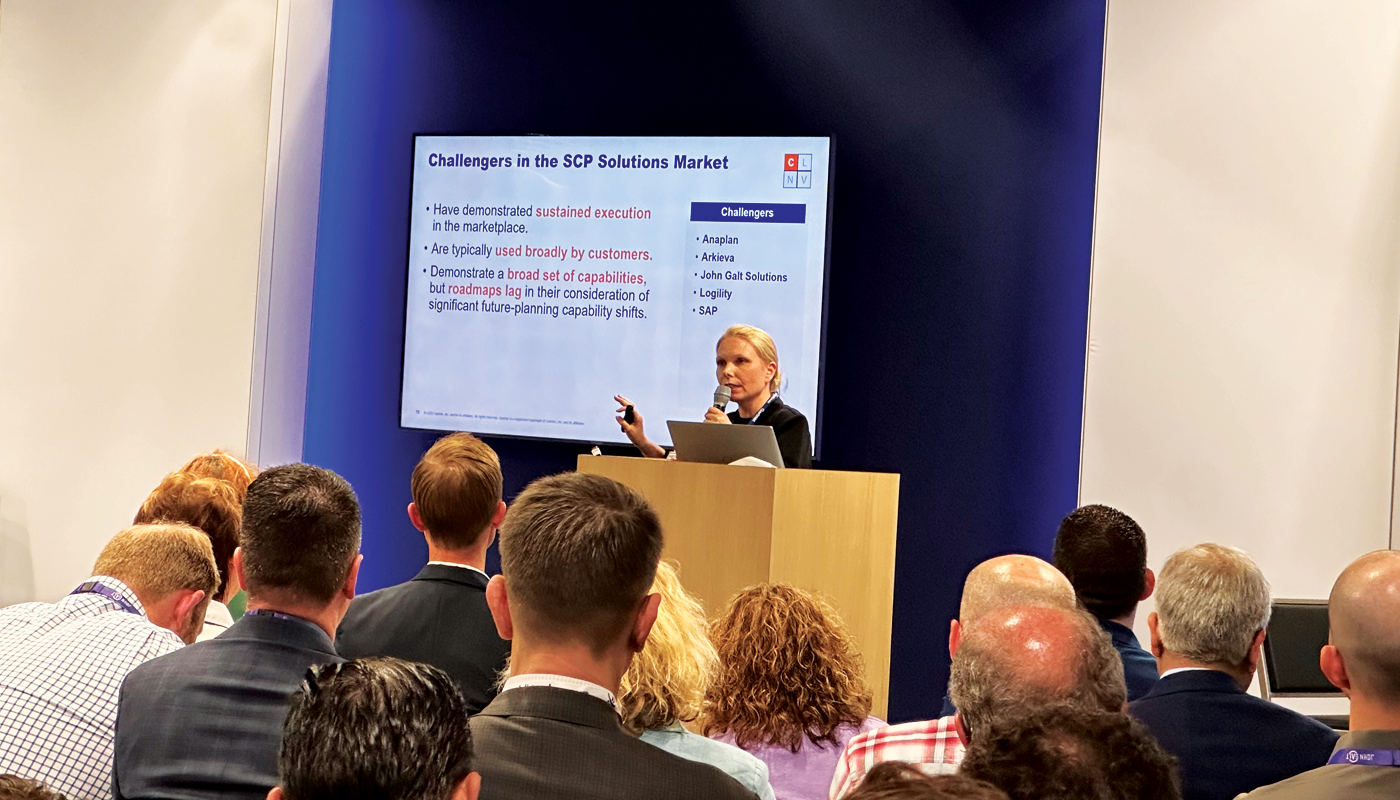Hundreds, if not thousands, of people, set out each year to hike the entire length of the Appalachian Trail. This trek of over two thousand miles will test physical and mental strength, so it’s no surprise that most do not succeed. Those who make it past miles 100, 1,000, and 2,000 put in careful planning to face the day’s challenges, so they understand what will be needed tomorrow.
The same applies to any business activity, as good outcomes don’t happen by accident. Preparing your teams, understanding past events, incorporating upcoming business activities and anticipating changes allow your organization to perform its best. However, forecasts often miss the mark, and when they do, it can wreak havoc on your business. With all the information, data, and technology available at our fingertips, why would a forecast fail miserably?
Controllable Factors that Hinder the Accuracy of Forecasts
Predicting the future is difficult, yet forecasting remains a critical tool for businesses to plan and prepare for what lies ahead. Even if forecasts are not 100% accurate, and they won’t be, they still provide valuable insights into the potential outcomes of business activities.
- Lack of Data – Without enough data to draw from, making accurate predictions is impossible. Businesses must collect as much data as possible and leverage this knowledge to create reliable forecasts.
- Poor Quality Data – Even if businesses have access to plenty of data, it won’t do them any good if the quality is poor. It’s important to ensure that all data sources are accurate and up-to-date for forecasts to be reliable.
- Insufficient Analysis – Once data has been collected, it must be analyzed to make meaningful predictions. If this step is skipped or done improperly, the resulting forecast will not be accurate.
- Ignoring External Factors – Businesses must also consider external factors such as market trends, customer demand, and economic conditions when creating their forecasts. Failing to consider these can lead to inaccurate predictions that don’t reflect reality.
- Not Adapting Quickly Enough – The world is constantly changing, so businesses must be able to adapt quickly to stay ahead of the competition. If they don’t adjust their forecasts accordingly, they may fall behind their competitors or miss out on growth opportunities.
- Ignoring Internal Operations – Executive-driven internal business planning (IBP) is a valuable part of the supply chain planning process, but it’s often overlooked. IBP offers the integration of strategies, initiatives, financial planning, and more, resulting in a wide range of forecasting improvements.
- Failing to consider capacity planning, inventory optimization, and other internal operations can significantly impact the accuracy of forecasts.
- Lack of Technology – Excel spreadsheets and other manual forecasting and planning methods are not accurate or efficient enough for today’s rapidly changing business environment. Businesses must use data-driven, automated supply chain solutions to stay competitive.
Creating accurate supply chain forecasts can be challenging, but the right approach and software can help businesses stay competitive and successful in today’s ever-changing marketplace.
The Benefits of Supply Chain Forecasting and Planning
Supply forecasts come down to math. We will sell X, so we need to produce Y. If things stayed that simple, every planning forecast would be 100% accurate. The same “bug” that the CEO of Aurora Technologies claims to plague the ability to launch autonomous driving quickly is the same one that wreaks havoc on supply chain forecasts. It’s us! Humans are unpredictable; our macro and micro environments constantly change, tremendously impacting our behaviors. We make mistakes and are prone to error, so why even bother planning?
There is a lot of benefit to forecasting despite the uncertainty. Forecasts are valuable because they allow you to anticipate demand, create production schedules, and plan supply chain agility strategies. In other words, you can respond with greater agility by understanding what’s coming down the pipeline.
A plan helps you make informed decisions about the future and anticipate events that may impact your supply chain. It involves anticipating demand, managing materials and components, production, marketing, and distribution to ensure that goods and services are delivered on time and within budget. With a well-planned supply chain, businesses can maximize their profits while minimizing costs.
A well-planned supply chain also helps businesses stay ahead of the competition by ensuring they have the right resources to meet customer demands. This includes always having the proper inventory levels so customers can get what they need when needed. Additionally, supply chain planning allows businesses to identify and proactively address potential risks before they become a problem.
Having a plan also makes it easier for businesses to pivot if something goes wrong. Knowing where to start when fixing an issue or making changes can be difficult without a plan. With a plan in place, businesses can quickly identify areas that need improvement and take action accordingly.
Conclusion
With the right planning tools, companies can drive fundamental business transformation by improving their supply chain planning processes. Even with the best forecasting tools, some errors will occur and require action. However, having a plan gives you something to measure against when these errors occur. It incorporates everything from manufacturing and distribution to procurement and resource management. It considers multiple factors such as cost, time, quality, risk, etc., so your decision-making aligns with overarching goals.
Automated planning software like Arkieva can help streamline processes and reduce errors for large enterprises with complex supply chains. With Arkieva, you can also optimize inventory for service and cost while unifying your planning processes. We provide a comprehensive suite of features that allow you to plan for multiple material and capacity scenarios while balancing demand and supply.
Small businesses can try out the full power of Arkieva+ with a free trial. This 14-day trial gives them access to a robust sample of data so they can begin seeing results within hours without any risk. With Akieva+, small businesses can unlock new levels of visibility and accuracy in their supply chain operations and ensure consistent delivery of products and services to customers. Additionally, they will gain the confidence to manage resources more efficiently and put their business on track for growth and success.






